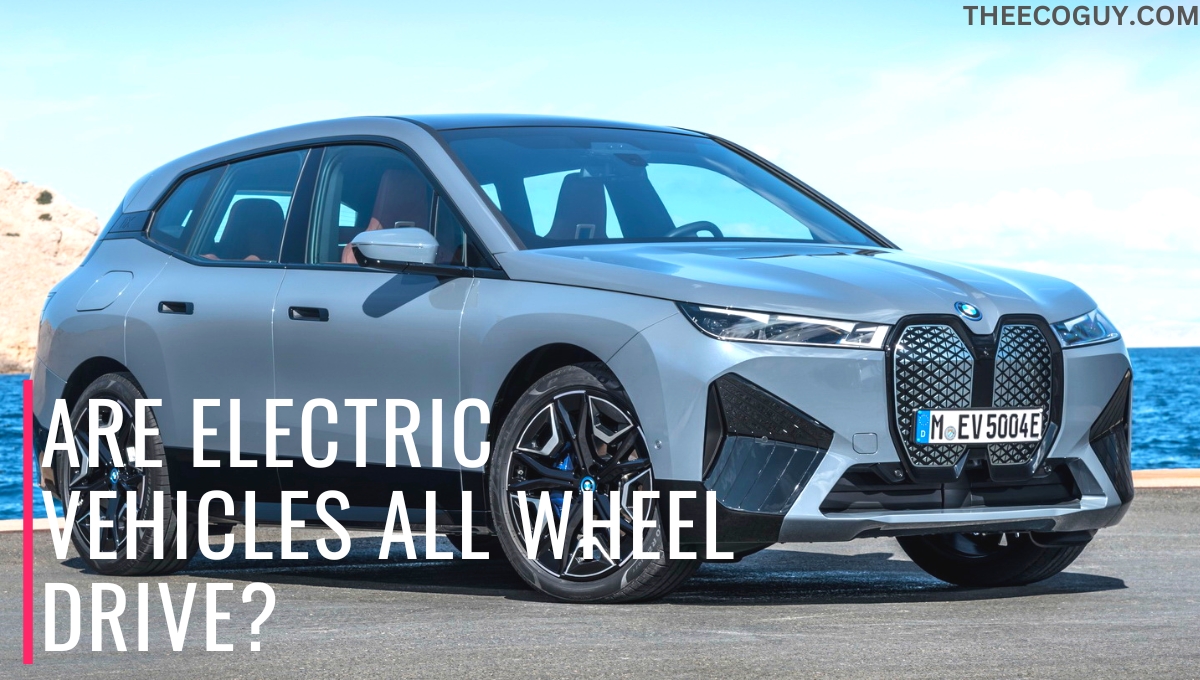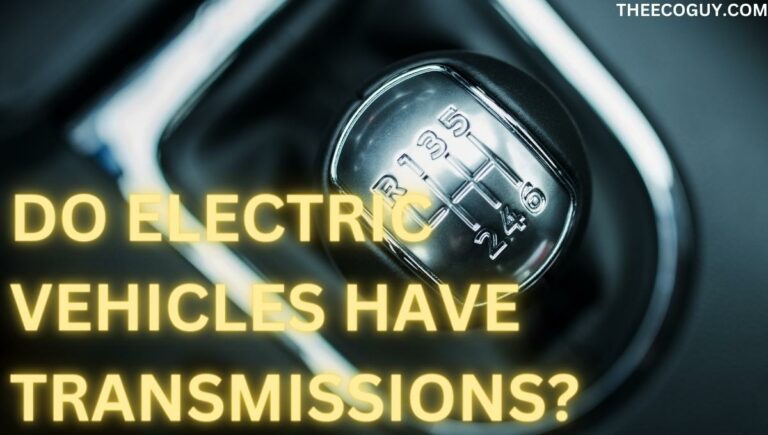Are Electric Vehicles All Wheel Drive?

If you’re looking for an electric vehicle (EV), you may have noticed that almost all car manufacturers have All-Wheel Drive (AWD) models. But do all EVs come with AWD?
No, not all EVs come with AWD.
Although it’s great for traction control, not all EVs have AWD as standard. Some manufacturers offer it as an option, but most of the time, electric cars are only available with rear-wheel drive (RWD) or front-wheel drive (FWD).
In this article, we’ll investigate the pros and cons of AWD systems in EVs so that you can make an educated decision when choosing your next EV.
How Does an All-Wheel Drive (AWD) System Work?
An AWD system in an EV works similarly to a traditional gasoline-powered car by transferring power from the engine to all four vehicle wheels. However, in electric cars, the AWD is powered by two or more electric motors and controlled by sophisticated electronic systems. This allows for greater control over power distribution, resulting in improved traction, stability, and safety.

What Types of EVs Have AWD Systems?
Many EVs come with AWD systems, but not all are equipped with AWD. Some car manufacturers offer AWD as an option, while others do not. EV models such as the Tesla Model S and X have AWD as a standard, whereas other makes, such as Nissan Leaf and Chevy Bolt, only come with front or rear-wheel drive (RWD). When it comes to choosing your next EV, you should consider whether or not you need an AWD system.
Advantages and Disadvantages of EVs with AWD Systems
One of the main advantages of EVs with AWD systems is improved traction, stability, and safety. With power being provided to all four wheels, drivers can benefit from better control in slippery conditions or when accelerating from a stoplight. Additionally, AWD systems provide better balancing of the car’s weight when cornering or driving on uneven roads, which can improve handling and safety.
On the downside, an AWD system adds complexity and cost to your EV. With more motors and electronic systems comes a higher price tag and increased maintenance costs over time. Additionally, the extra power an AWD system requires consumes more energy, leading to reduced range per charge in some cases. This means drivers may have to charge their EVs more often if using an AWD system.
How Can You Tell if an Electric Vehicle has an AWD System?
You can tell if an EV has an AWD system by checking the specifications on the manufacturer’s website or the car’s manual. Most manufacturers will clearly state whether a model is equipped with AWD, along with any other available drivetrain options.
If you’re unsure if a specific EV has AWD, it’s best to ask a sales representative. Usually, you can quickly identify whether an EV has AWD by looking at the car specification sticker on the car window.
When Should I Consider an AWD EV?
When considering an EV, it is essential to consider the advantages of having an AWD system. AWD systems provide improved traction, stability, and safety in various conditions, such as driving on snow or wet roads, navigating rough terrains, and accelerating from a stopped position.
Furthermore, AWD systems can improve handling and safety when cornering or driving uneven roads. Thus, if you are looking for better control in slippery conditions or want improved performance when tackling rugged terrain, an EV with an AWD system may be worth considering.
When Should I Not Consider an AWD EV?
An AWD EV may not be financially practical for city drivers or those who only occasionally take trips in the snow. In this case, renting a car when driving on snowy roads is best instead of investing in an AWD vehicle. Additionally, since AWD systems consume more energy and require more maintenance, they are best suited for those who frequently drive on challenging terrains or in harsh weather conditions.
How Much More Expensive Is AWD Compared to RWD or FWD?
The price difference depends on the car manufacturer, but it typically costs more to purchase an EV with AWD than RWD or FWD.
For example, as of March 11th, 2023, a Tesla Model 3 sedan with RWD costs $42,990, while a Dual Motor AWD Performance costs $53,990. That’s an extra $11,000 for additional power and range. Keep in mind, at the time of writing this article, the Long Range Model 3 is not available, which is usually more affordable than the Performance model.


Final Thoughts
Regarding AWD for EVs, it’s best to ask yourself how often you plan on driving in challenging conditions and if the additional cost is worth it.
For many drivers, an EV with an AWD system may be beneficial as it can improve safety, stability, and performance on slippery roads or rugged terrains. However, for city drivers or those who don’t take frequent trips in harsh weather conditions, an RWD or FWD EV may be more practical.
Ultimately, the decision depends on individual needs and preferences. So be sure to research and compare prices before making a purchase!







